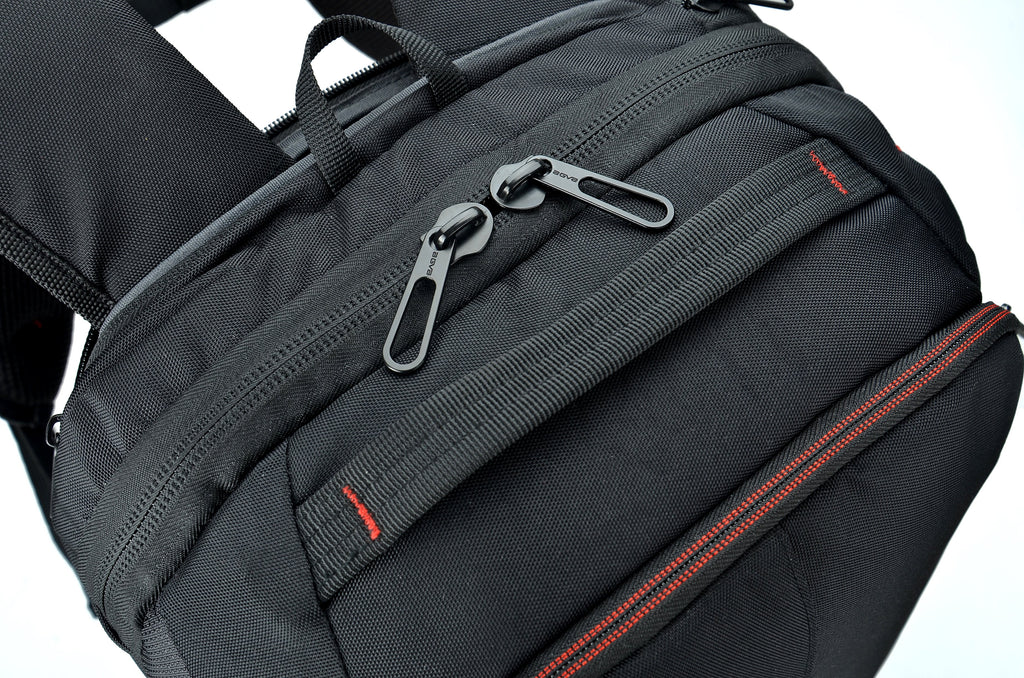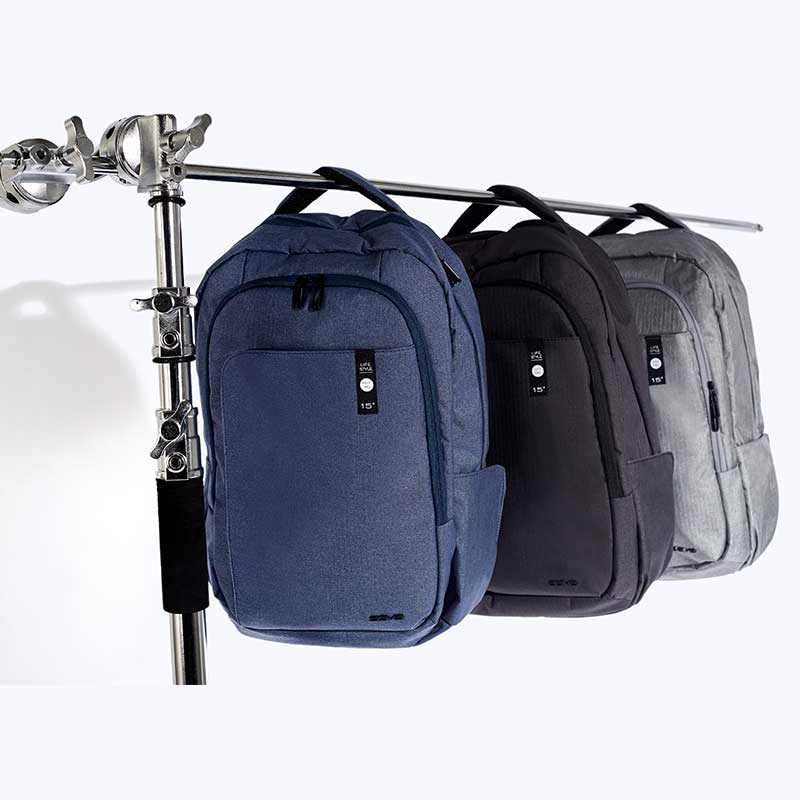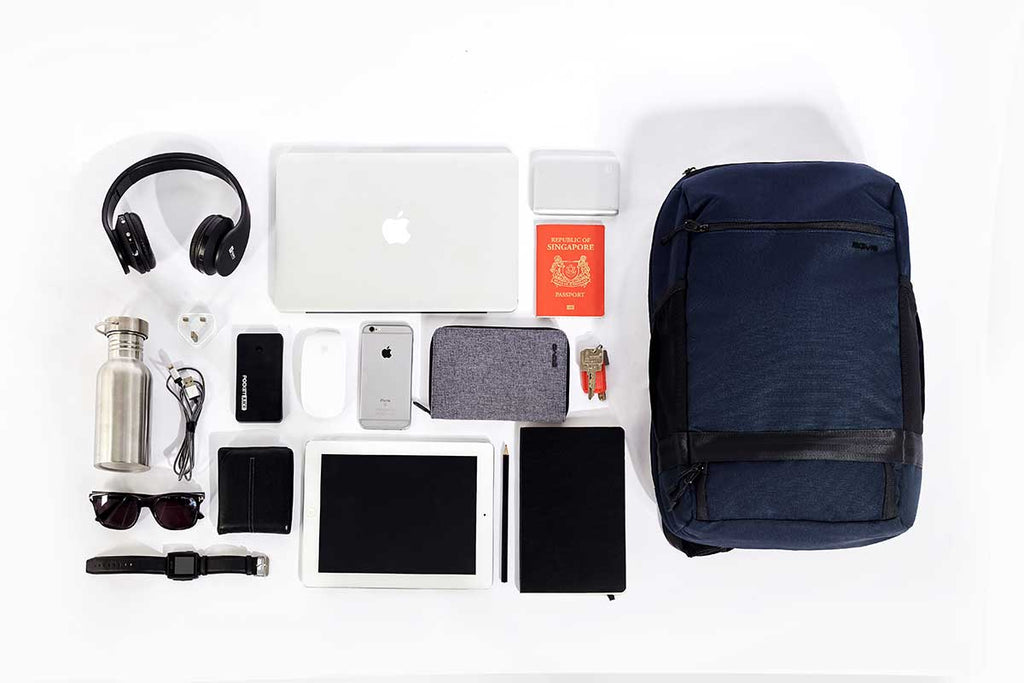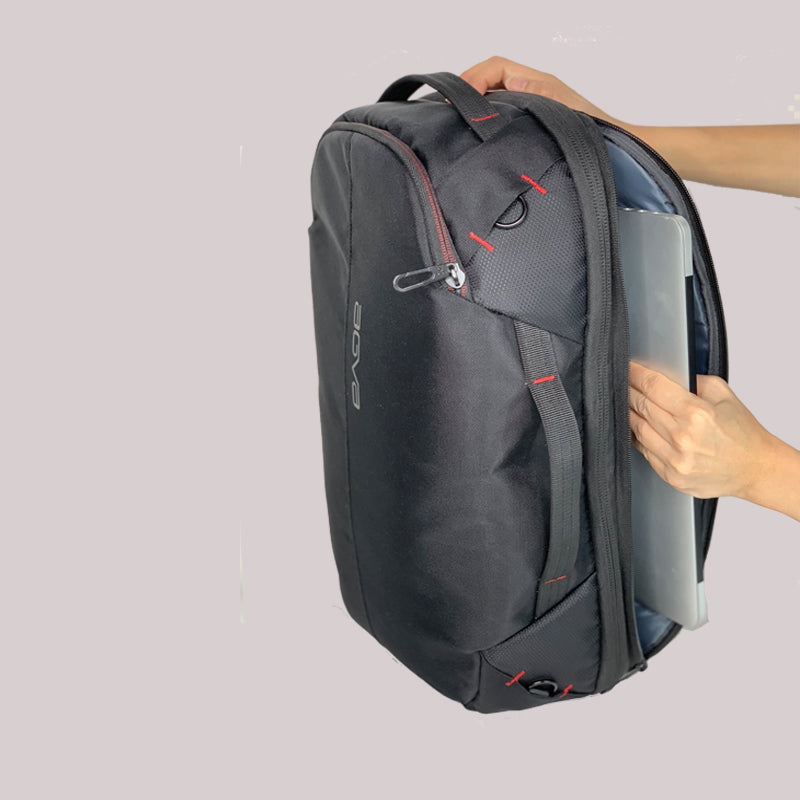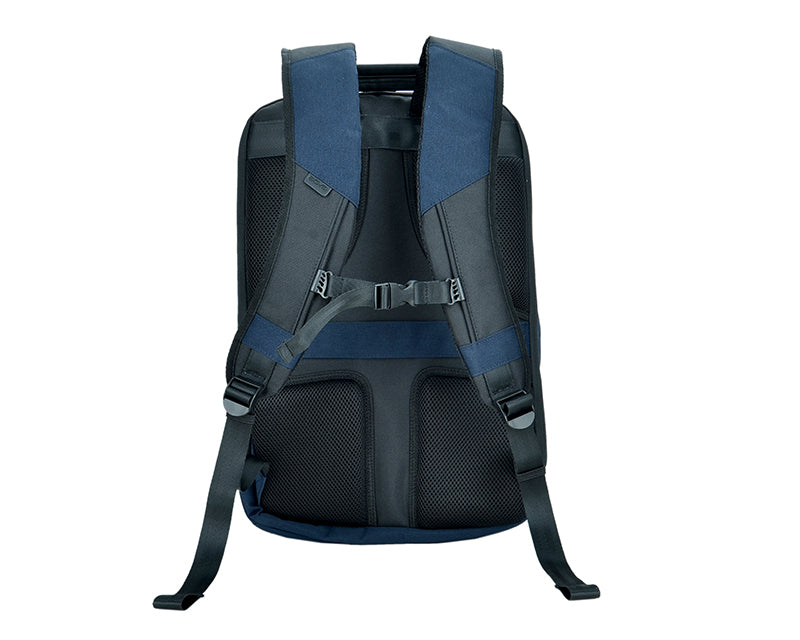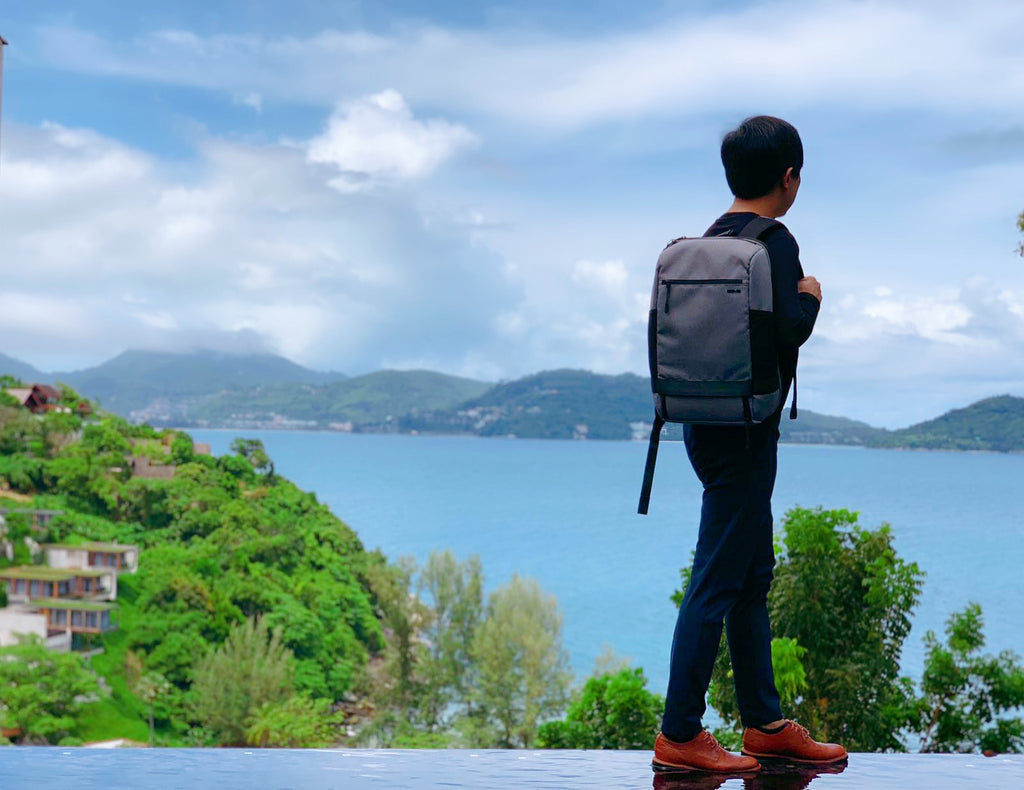Your Guide to Choosing a Backpack that You Can Carry for a Long Time
In this day and age where we are exposed to an overwhelming number of backpack choices in the market, it can make choosing a good backpack daunting. #decisionfatigue. So we decided to make you an easy go-to guide and compile some important features that we found from our research (because we want to make a good backpack for you).
Read on for some tips on what we believe makes a backpack good, and most importantly, one that we can carry for a long time.
1. Durability
Seams are important. Bags with their seams sewn well are generally durable and hardier. Observe the sewing. Especially the seams at the shoulder straps where it’s most susceptible to tears. Is there double stitching? Observe the thread material. Is it flimsy? Test the zippers. Are they strong and able to zip a fully loaded backpack without breaking? A good quality backpack is one which is made of good quality material. What is the backpack made of? Nylon, polyester, leather, and canvas are strong durable materials.
2. Colour
Choose a colour that goes well with 90% of the clothes you own. Black and navy blue backpacks are safe colours if your wardrobe’s colour scheme is white, grey, blue, and black. For those with a more adventurous palatte, you can go for backpack colours like maroon, red, or teal. The main point here is that you want to be able to carry this backpack regularly and not only when you can match your clothes.
3. Go for bags with multiple compartments
Bags with multiple compartments are awesome because they help you to get organised and it’s so easy to access what you want without pouring out everything in your bag.
Most backpacks in the market now comes with multiple smart compartments but the crux here is to really know your storage scheme. Do you bring 10 pens everywhere with you? If so, you will probably will want a backpack which has 10 pen slots. Conversely, if you don’t have a habit to write when on the go, a bag with 10 pen slots definitely doesn’t match your needs.
A quick way to find out your storage scheme is to empty out the contents of your existing bag and lay them out. This would give you an idea of the kind of compartments you’ll need in a backpack.
If you are looking for a travel backpack, do the same exercise and lay out the items you would normally bring for a x-number of days trip and you’ll have an idea of the kind of compartments that’ll help you get organised in a backpack.
4. Quick access pockets - best thing ever!
Call us bias, but we are firm believers of quick access pockets. We think they are possibly the best thing ever on a backpack. It’s super convenient and saves us the hassle of opening the main compartment and dig through for the item we need. Quick access pockets are good for wallets, loose change, phones, pen, notebook, portable chargers, keys, portable wi-fi, laptops, and etc.
Not all quick access pockets are awesomely designed though - you don't want those that are too small and are just there for aesthetic purposes. Yet you also don’t want one that’s too deep, making it difficult to access your items.
A quick access pocket on the side is usually our favourite just because it’s much easier to reach for stuff. We love this quick access laptop pocket on our Roadtripper Bag. It makes going through airport security checks a breeze and we love it!
5. Commute in comfort - padded shoulder straps, contoured padded backs, sternum strap, and hip belt
If you can only take away one point from this article, then let it be this. Always, always invest in a backpack with paddings - especially for the shoulder straps and at the back. Your back and shoulders will thank you for them especially after a long day when it’s fully loaded. It’s also important that the back of the bag is padded and contoured to the natural shape of your lower back to prevent straining your back.
A good backpack should also come with a waist/ hip belt or a sternum strap. They help to relieve your back and shoulders from the weight of the bag. Ideally, the waist/ hip belt should also be padded and sits just above your hip bones for a good support.
6. Material - water resistant or waterproof?
This really depends on where you are bringing your backpack to. Typically, most backpacks in the market are made of water resistant material - that is they are able to keep the contents in the bag dry from a spilled cup of water or when you get caught in a light shower. Unless you are going into situations where your bag has a high chance of falling into the water or you'll be getting caught in a monsoon or typhoon or you're wading through rivers and waterfalls, a water resistant bag is sufficient for you. A good water-resistant bag is one where the material is thick, lightweight and dries quickly (you don’t want it to get musky).
7. Pick a bag that makes you happy!
Ultimately, you’ll be the one carrying the backpack and other people’s opinion don’t really matter if you are happy with the backpack you chose. It doesn’t do well for your mental well-being either if you get the best bag of 2019 and yet didn’t like the design. Remember, it’s all about you, and if you find a backpack that you like with these tips in mind, chances are that you and your backpack will go a long long way.


